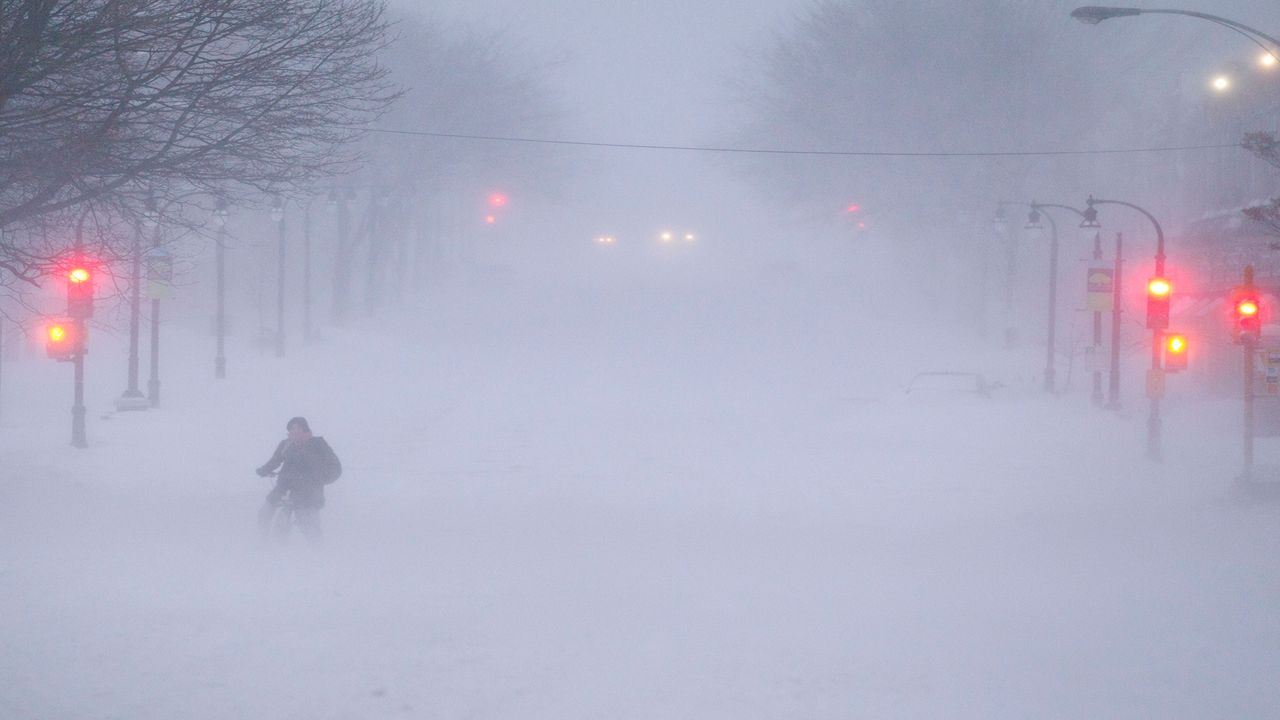Winter weather alerts mean different things in different places.
It was a snowy holiday weekend here in Upstate New York, thanks to a combination of snow in the mountains and lake-effect snow downwind of both Lake Erie and Ontario. Some areas in the Adirondacks and Greens saw upwards of a foot and a half of snow.
Snow triggered winter weather advisories, winter storm warnings, and lake-effect snow warnings throughout the holiday weekend.
If your county is under a winter storm warning in Upstate New York, you can be pretty sure you'll be doing some snow removal and/or deicing in the near future. In other parts of the country, though, this may not necessarily be the case.
We're pretty hardy and used to wintry weather here in Upstate New York. Most of us wouldn't change our morning routine or travel plans over a few inches of snow.
That amount of snow on its own would not trigger a winter storm warning and may not even trigger a winter weather advisory here. A few inches of snow in the South, though, is a big deal and could be quite problematic.
As you might imagine, a few inches of snow in Austin, Texas has a much bigger impact than it would in Albany. Because of this, the National Weather Service establishes different criteria for different parts of the country.
Those different criteria reflect specific regions' resources to deal with wintry weather.
Time and elevation are the two things that the National Weather Service considers before issuing a winter storm warning, winter weather advisory, or lake-effect snow warning. The images above show the 12 and 24-hour criteria needed for a winter storm warning to be issued for snow.
But for much of the South, there are no time criteria, and warnings are issued based on the total snow expected for the entire event.
Mountainous terrain above 6000 feet out west will also have a higher standard for the snow to meet winter storm warning criteria, compared to lower elevations.
So the next time you see a winter storm warning, remember, it may mean a very different thing in Texas versus Upstate New York.



